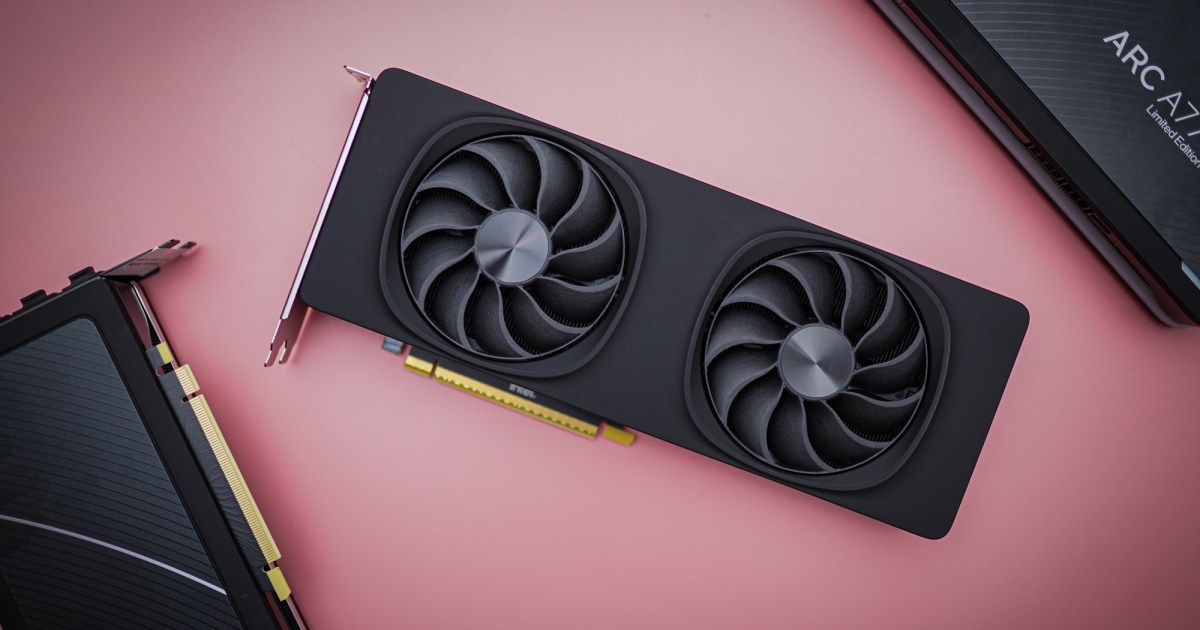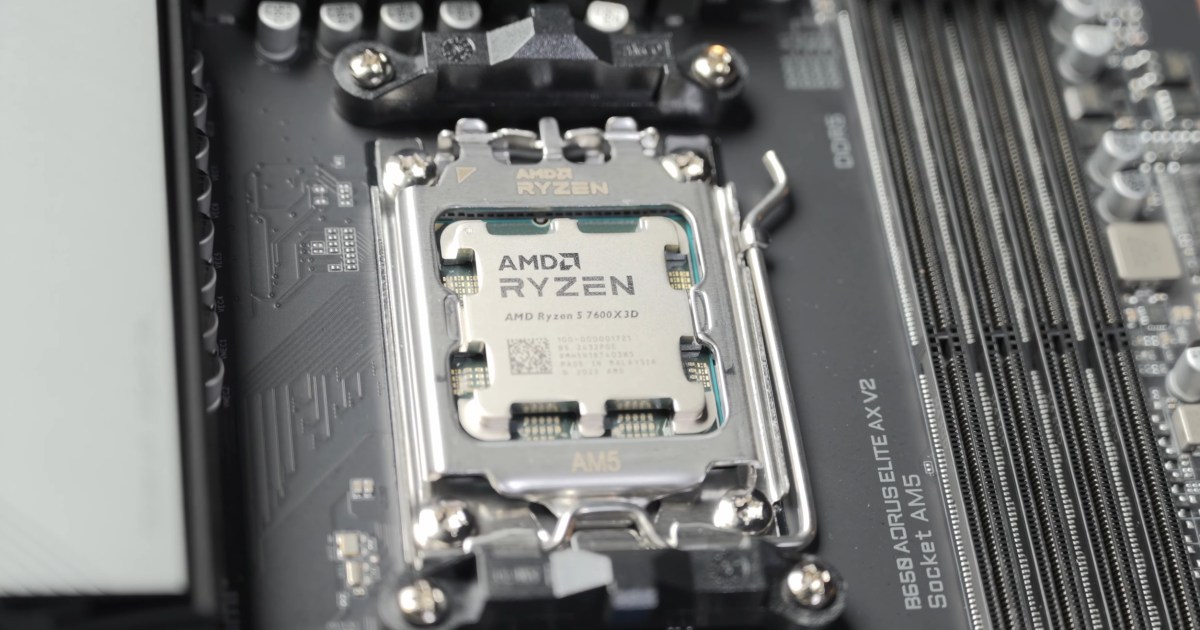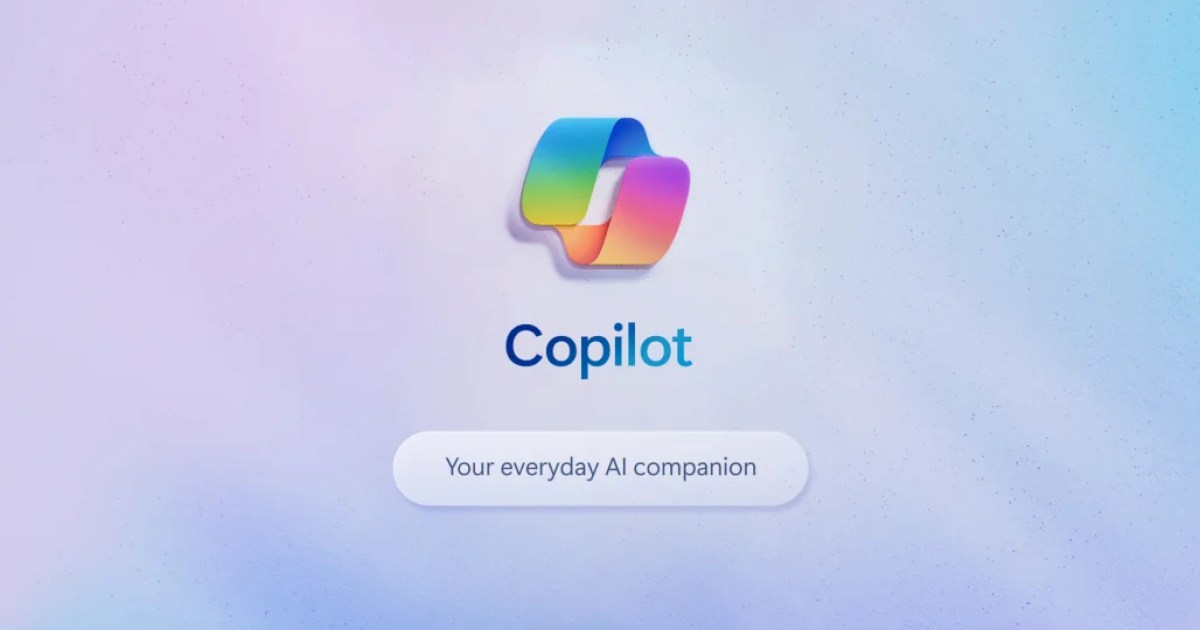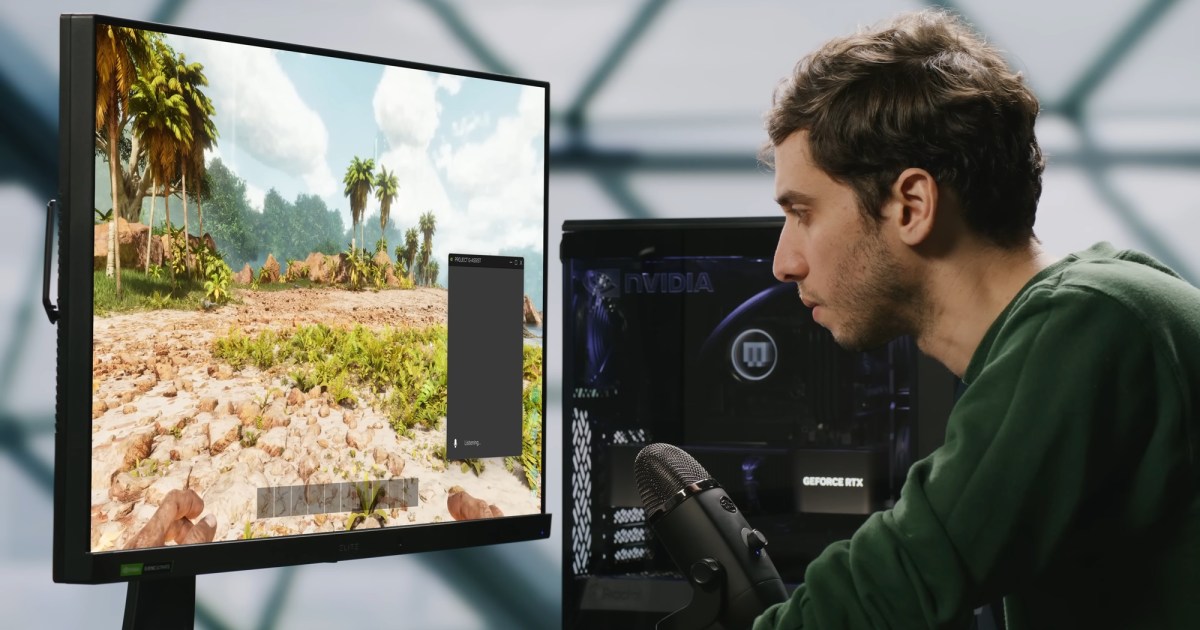Microsoft recently announced upcoming neural rendering capabilities for DirectX through a feature called cooperative vector support. This advancement promises cross-platform compatibility for neural rendering techniques, potentially revolutionizing 3D graphics programming. This announcement follows Nvidia’s unveiling of its RTX 50-series GPUs and associated neural rendering features, termed “neural shaders.” These shaders allow developers to run small neural networks directly from shader code, leveraging the dedicated AI hardware found on modern GPUs from various manufacturers, including Nvidia, AMD, Intel, and Qualcomm. Microsoft’s approach aims to extend this functionality beyond Nvidia GPUs, making it accessible across different brands through the DirectX API.
Cooperative Vectors: The Key to Cross-Platform Neural Rendering
Cooperative vector support is the core mechanism enabling this cross-platform compatibility. It facilitates direct execution of matrix multiplication from shader code, the programs executed by your GPU. This allows neural networks to operate irrespective of the GPU brand. Given that most major GPU manufacturers now incorporate dedicated AI hardware, cooperative vectors provide a standardized way for developers to utilize this hardware through shader code.
Breaking Down Vendor Lock-In
Cross-vendor support for neural shaders marks a significant departure from past practices. Previously, Nvidia’s proprietary GameWorks middleware limited certain features to Nvidia graphics cards. Examples include PhysX technology used in games like Batman: Arkham City and Mirror’s Edge, and HairWorks in The Witcher 3 and Final Fantasy XV. DirectX’s broad support for neural rendering is expected to encourage wider adoption of neural shaders by developers, eliminating concerns about excluding players based on their GPU choice.
Neural Radiance Cache: A Glimpse into the Future
Nvidia has showcased the potential of neural rendering with features like the Neural Radiance Cache. This technique employs a neural network to predict light bounces in path-traced scenes, improving both visual quality and performance in games utilizing path tracing. This provides a practical example of how neural networks can enhance existing rendering techniques.
The Road Ahead for Neural Rendering
While the DirectX announcement is a significant step, the widespread integration of neural rendering in games is still some time away. Nvidia and Microsoft are laying the groundwork for these new rendering techniques, suggesting a potential timeframe of several years before seeing games actively utilizing small neural networks through shader code. However, the potential applications are extensive, and this cross-vendor support could usher in a new era of rendering capabilities.
Conclusion: A New Paradigm in 3D Graphics
The introduction of cooperative vector support in DirectX paves the way for cross-platform neural rendering, offering a significant leap in 3D graphics programming. By enabling developers to harness the power of AI hardware across various GPU brands, this technology has the potential to unlock a new wave of innovation and visual fidelity in future games. While the practical implementation is still on the horizon, the collaborative efforts of Microsoft and Nvidia signify a promising future for the industry.











